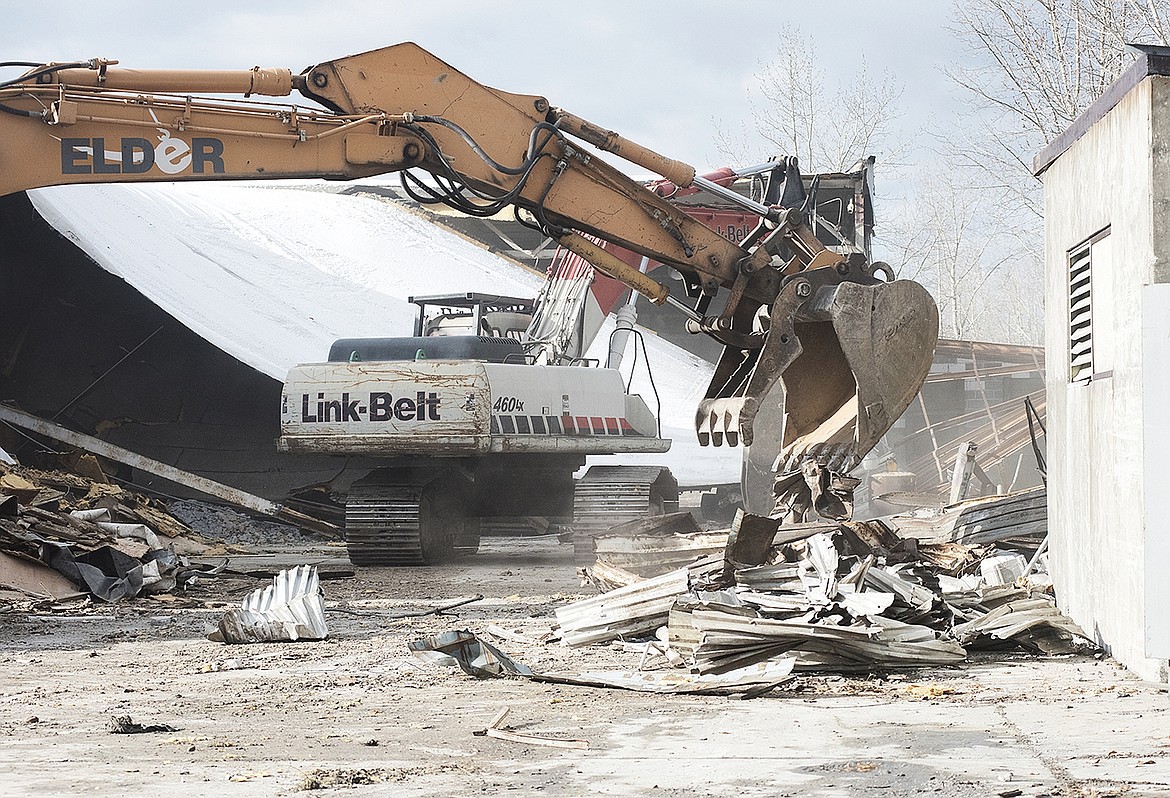CFAC cleanup: Who pays?
While the Columbia Falls Aluminum Co, is financing the initial investigation into the cleanup of the defunct aluminum plant, who pays for the actual cleanup could be an entirely different matter, a liaison panel learned last week.
CFAC has committed about $4 million toward the remedial investigation and feasibility study of the site. Over the past few months, the company has drilled 44 new test water wells, done more than 90 soil borings, tested surface water in nearby creeks, ponds and the Flathead River and done other environmental tests.
The wells and other tests have amounted to about $1.3 million, noted project manager John Stroiazzo of Glencore, CFAC’s parent company.
The first results from those tests will be available in February for public review and the entire remedial investigation will take about four years.
When that process is complete, a plan will be formulated on how best to clean up the Superfund site. But paying for the actual cleanup might not end up squarely on Glencore’s shoulders.
Stroiazzo noted that Glencore, when it purchased and operated the plant, didn’t contribute waste to the landfills and other dumps on the site, and indicated previous owners may be responsible.
“They will be joining the party, as we say,” Stroiazzo told the panel.
Mike Cirian, project manager for the Environmental Protection Agency said after the meeting that is true. The EPA will investigate what’s known as “potentially responsible parties” which includes past owners.
One notable past owner is the Atlantic Richfield Co., which owned the plant from 1977 to 1985 and is now a subsidiary of oil giant British Petroleum.
The pursuit of responsible parties doesn’t stop the cleanup, however. As it’s a Superfund site, EPA will continue the cleanup while it goes after the responsible parties, Cirian noted.
The extent of cleanup also hinges on the future use of the property, Cirian told the panel.
“Residential (use) next to that mountain will be a whole different cleanup than if it’s industrial,” Cirian said.
Cirian was referring to Teakettle Mountain, which frames the site to the east. Developers have already speculated that the site, which is about 960 acres, would make a good resort location.
Cirian also noted that if the site was cleaned up to an industrial standard, the EPA would require deed restrictions on the land so it couldn’t be developed into residential later.
That talk is bringing the cart before the horse. Glencore needs to determine the extent of the contamination before it makes a decision on the site’s future and that process will take at least a couple of years, if not longer.
Preliminary tests at wells near the plant have shown unsafe levels of cyanide in the water, though none has migrated outside the site to date.
The company continues to test residential wells in Aluminum City, noted CFAC environmental engineer Steve Wright. Those tests haven’t shown cyanide or flouride levels above safe drinking water standards to date, either.

